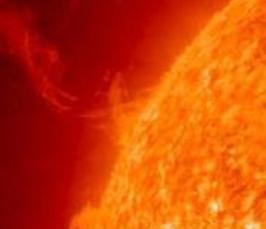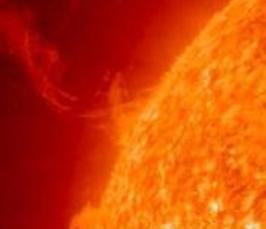We study small-scale brightenings in Ca II 8542 Å line-core images to determine their nature and effect on localized heating and mass transfer in active regions. To that end, we analyzed high-resolution 2D spectroscopic observations of an active region acquired with the GREGOR Fabry-Perot Interferometer attached to the 1.5-meter GREGOR telescope onTenerife, Spain. The ground-based data were complemented with AIA and HMI images from SDO. Inversions of the spectra were carried out using NICOLE. We identified three brightenings of sizes up to 2”x2”. We found evidence that the brightenings belonged to the footpoints of a microflare (MF). The properties of the observed brightenings disqualified the scenarios of Ellerman bombs or IRIS bombs. However, this MF shared some common properties with flaring active-region fibrils or flaring arch filaments (FAFs): (1) FAFs and MFs are both apparent in chromospheric and coronal layers according to the AIA channels, and (2) both show flaring arches with lifetimes of about 3.0-3.5 min and lengths of about 20”. Moreover, the inversions revealed heating by 600 K at the footpoint location in the ambient chromosphere during the impulsive phase. Bidirectional flows were present in the footpoints of the MF.
[mehr]

